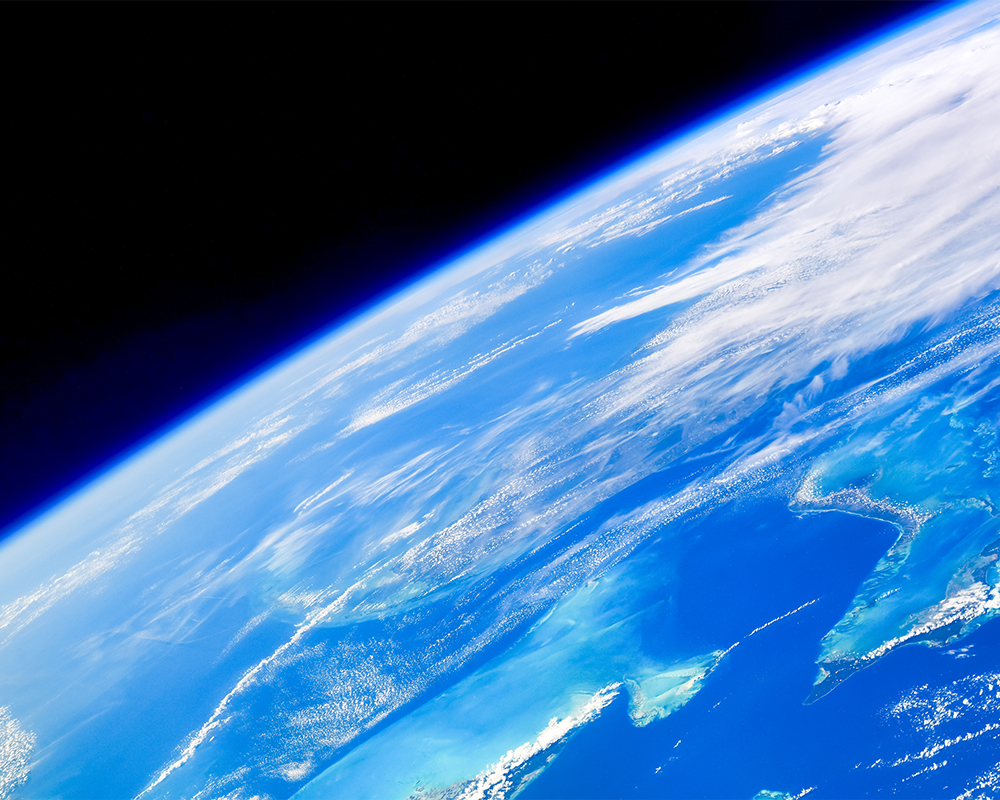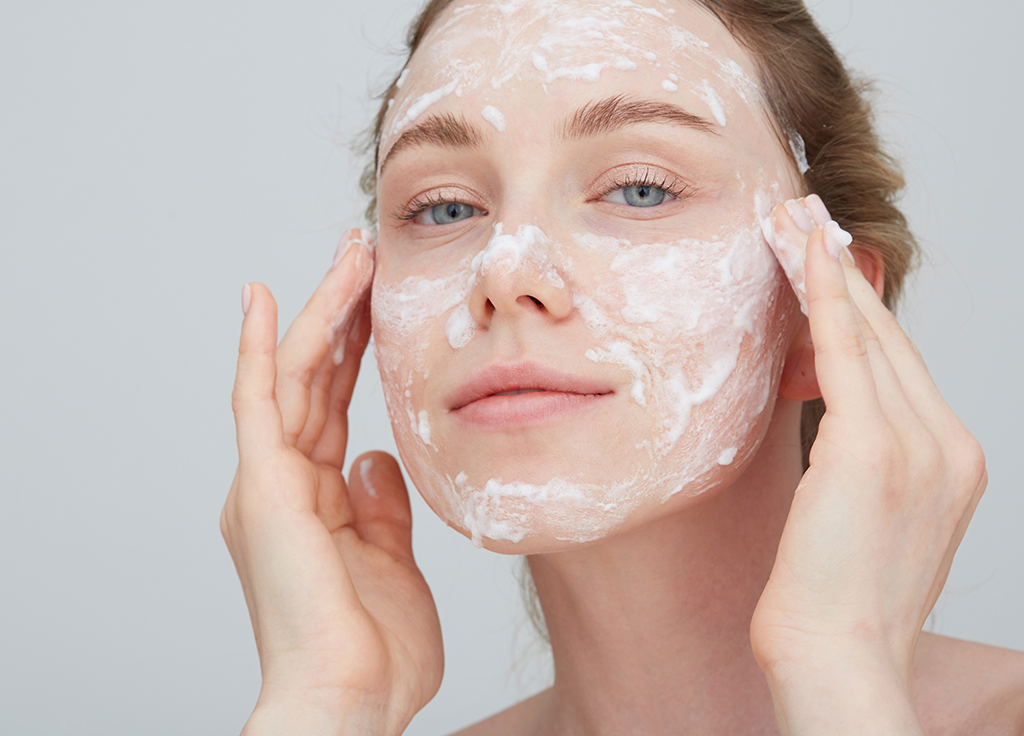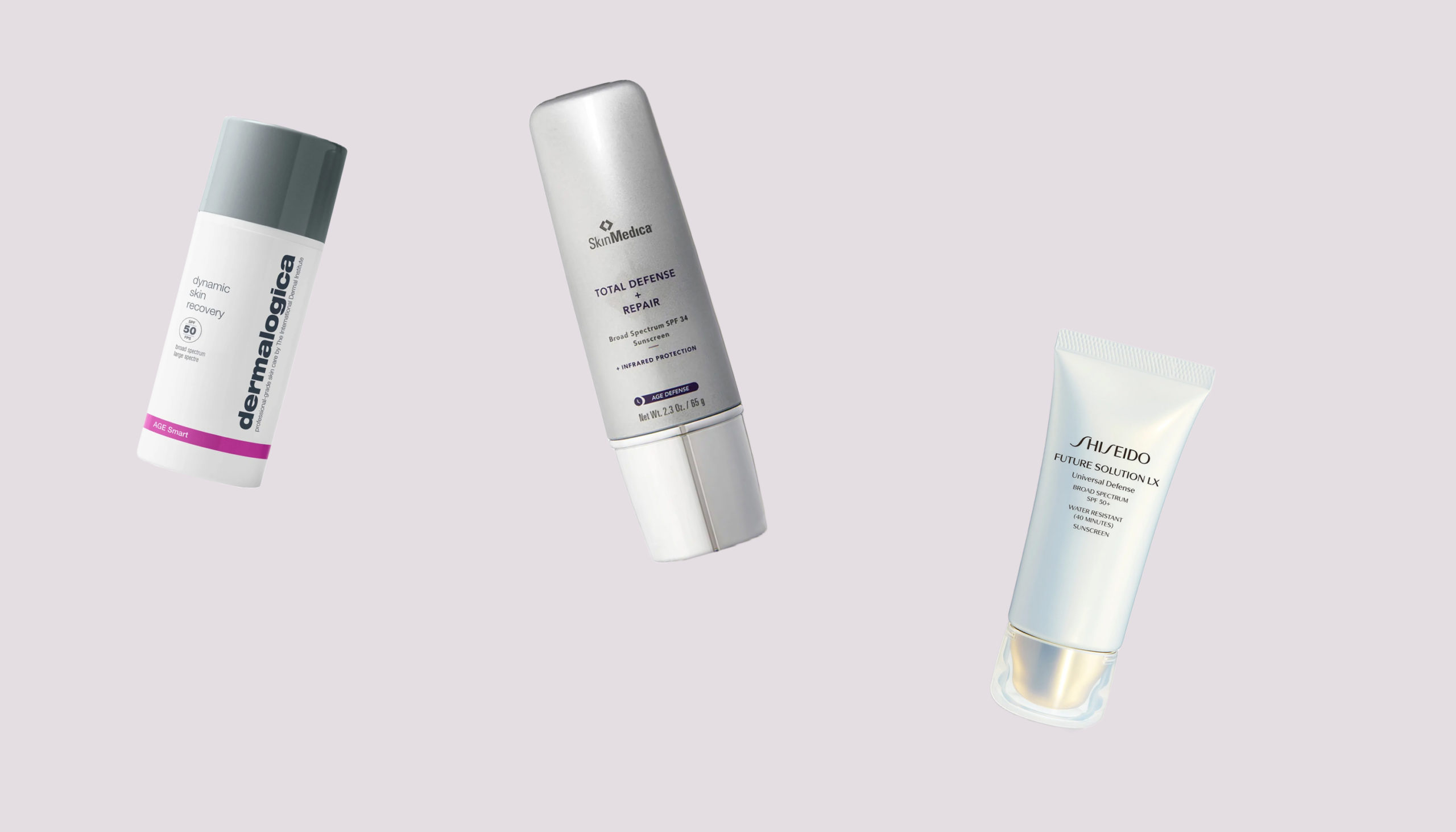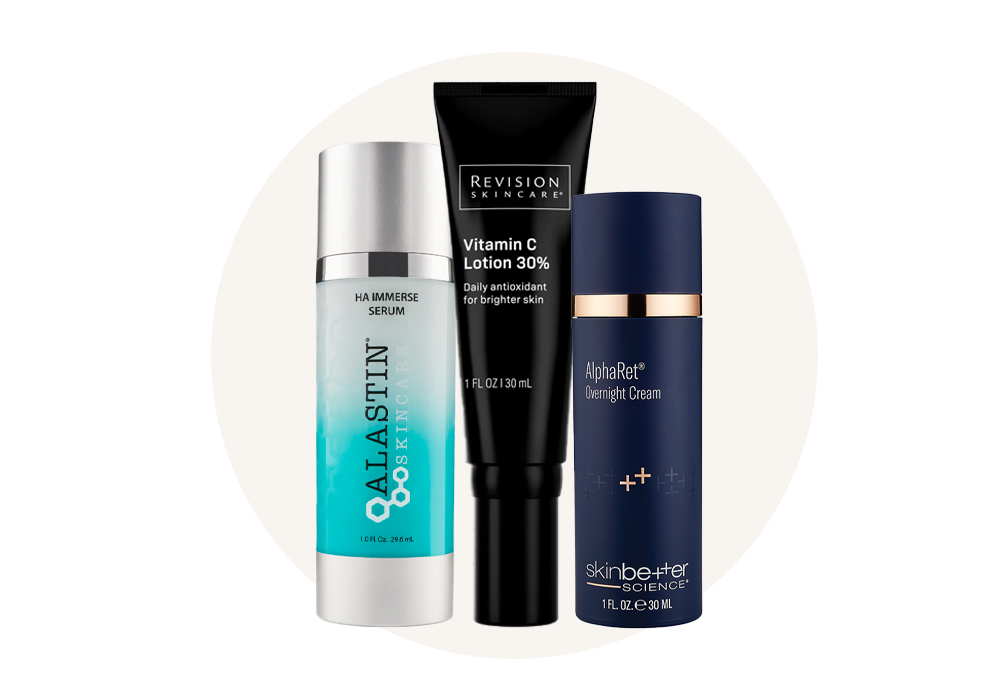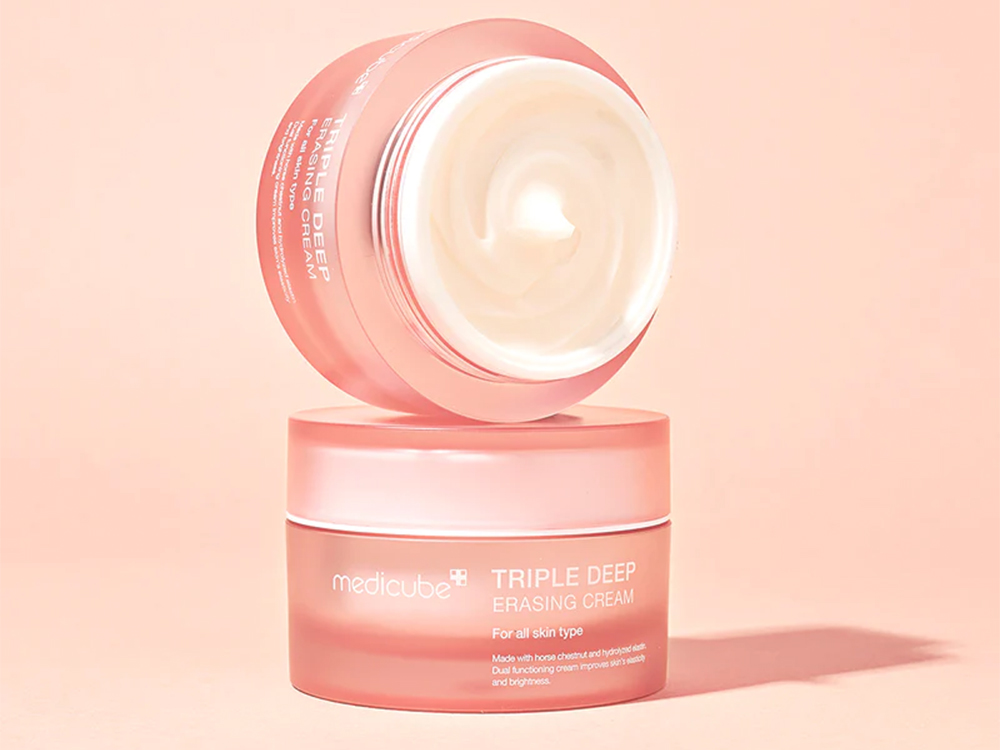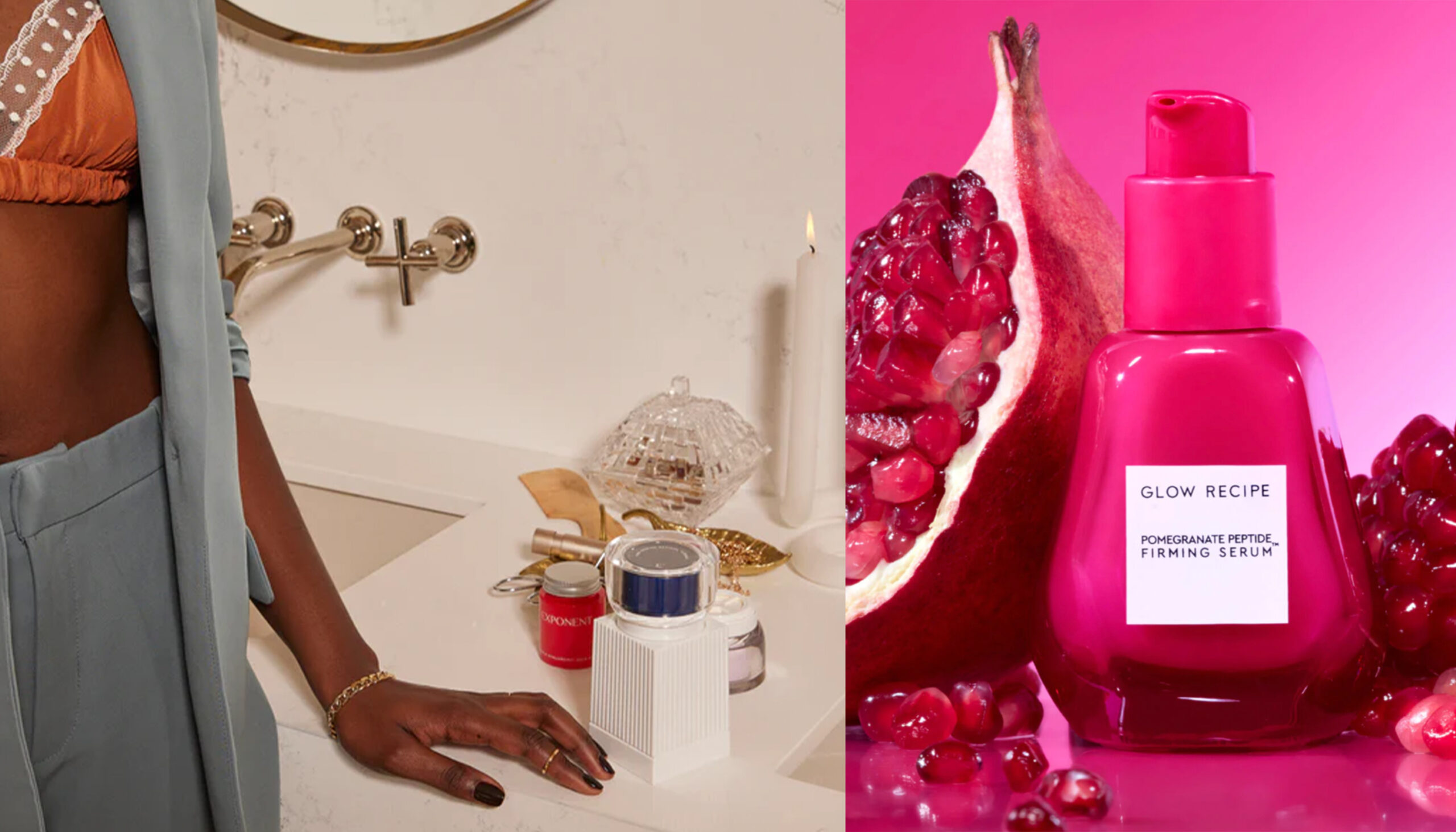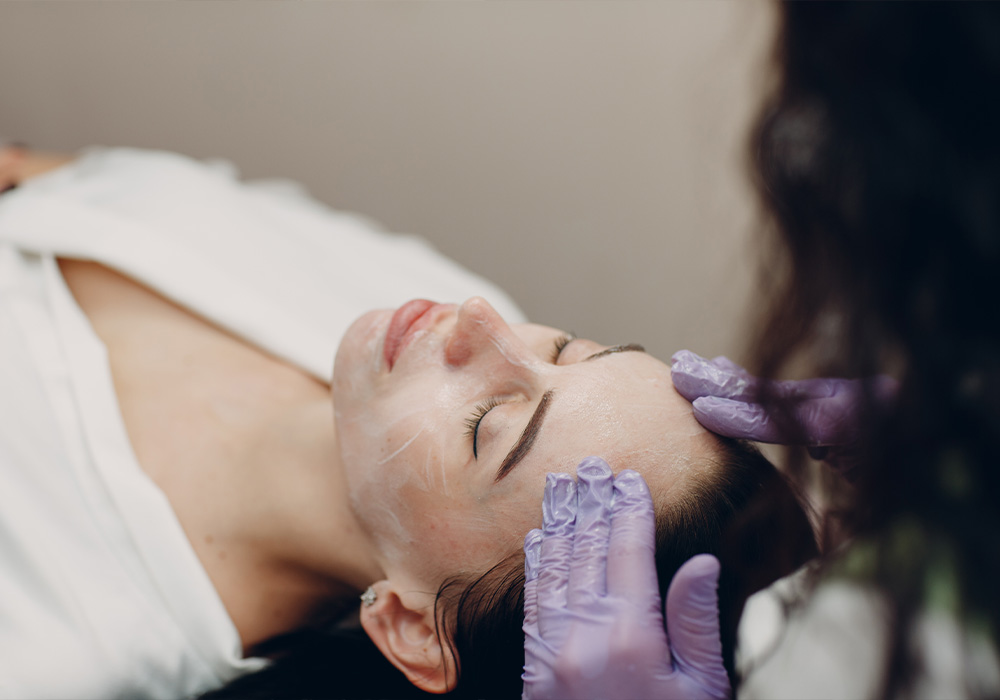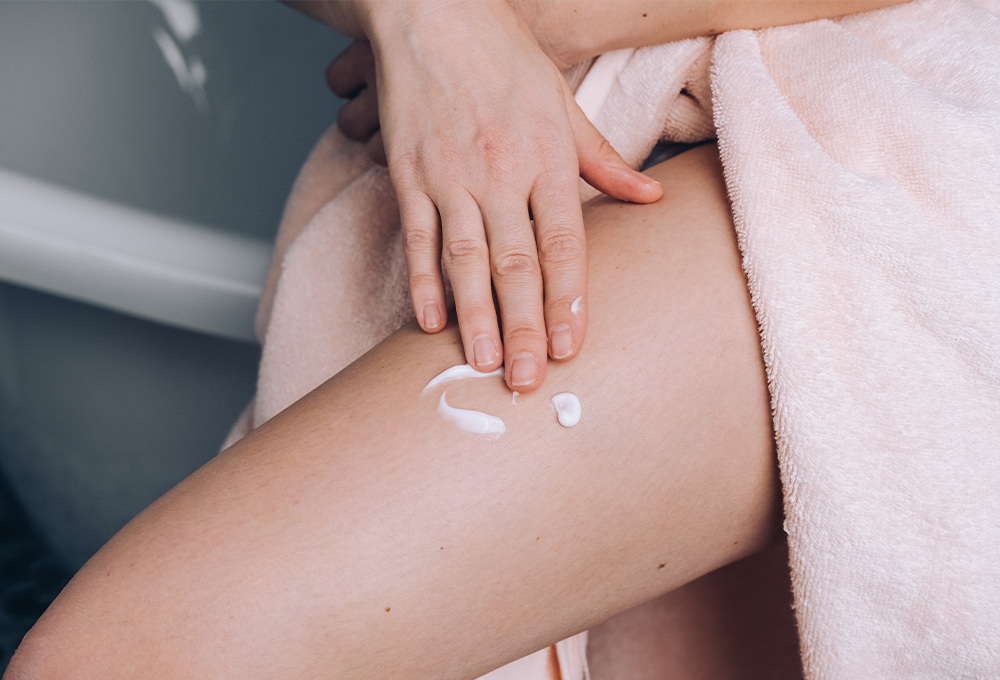Many of us dream of getting ahead of aging—now PCA SKIN, a Colgate-Palmolive Company brand, is trying to figure out exactly how we can do that. PCA Skin is sending the first-ever private sector skin health experiment to the International Space Station. The study aims to explore the effects of microgravity on skin-related genes. The findings from the study will hopefully give scientists a better understanding of aging skin. The experiment was set to begin on February 19.
“It’s very exciting,” says Lia Arvanitidou, global technology and design vice president for Colgate-Palmolive’s skin health businesses. Last year Colgate-Palmolive sent oral biofilm to space, but this is the first skin health experiment on behalf of a private company. After working with Colgate-Palmolive for over 26 years, Arvanitidou says this is a huge milestone for her entire team. “We are really pushing the envelope,” she says. Arvanitidou broke down the science to help us understand how this experiment can hopefully help develop better anti-aging technology down the line.
How will looking at the effect of microgravity on skin-related genes help advance our understanding of skin health and potentially lead to innovation?
“As scientists, we start with our observations, and then we make hypotheses, and we set up experiments that will lead us to innovation. So the effects that space travel and exposure to microgravity have on the skin we know from the astronauts. We know that there are some profound effects on the muscles and the bones, but perhaps they don’t talk as much about the effects on the skin and those profound effects include thinning of the skin, or dry, flaky skin and the skin also becomes more susceptible to cuts and bruises. It’s not as strong as it is while on Earth.
Now, if we look at those effects, what comes to mind, especially for us scientists that work in skin health and anti-aging, is that these are the same effects we also observe as we age: the thinning of the skin, the dryness and again, the susceptibility to cuts and bruises. So, what we want to do is use the microgravity environment, which is a stressful environment, to accelerate some of those effects that it takes us a whole lifetime on Earth to observe, and learn from that and compare it to when we do the experiment down on Earth and see the changes. Because only when you get an accelerated view of what will happen on Earth over time can you identify areas of early intervention in skin health, so we don’t have to wait until we age to intervene. And of course, ultimately, if you know how to intervene, you can design and develop breakthrough skin-care innovations across PCA Skin and the rest of our skin health brands. It all starts with the fundamental understanding that we hope to get as we send out the experiment to the International Space Station.”
Is this the first kind of study of its kind?
“PCA is the first brand to have a private-sector experiment in space. There are a lot of experiments that NASA has been doing on skin, etc. But when you look at the private sector, it’s the first one, and PCA is really breaking ground.”
What kind of effects do space travel and exposure to microgravity have on skin? Why is this?
“On Earth, we have gravity which of course keeps our feet on the ground, but at the same time, the atmosphere and everything helps with the skin barrier. It helps with hydration. We are designed to live on Earth. When you go to a microgravity environment and there is close to zero gravity the entire system—the skin, the muscles, the bones—are under stress, and that’s what makes it different. Many times, even on Earth, we do experiments under stress because we want to push a system to see where it’s going to lead us and get to results that we wouldn’t see under normal conditions. So that’s why we want to use the microgravity experiment to give us the accelerated view and understand those anti-aging therapies that we can design.”
Why do you think PCA SKin is the right company for this study?
“At Colgate Palmolive, we are reimagining a healthier future for all, this is our vision, and of course, PCA Skin as the skin health brand embraces this vision. The brand belief is that everyone should be comfortable in their own skin. PCA Skin is about anti-aging, but not just about anti-aging. It’s broader. It’s all about skin health. We believe, of course, that this partnership with the International Space Station and the Center for Advancement of Science in Space will further PCA Skin’s legacy as a results-driven, professional-grade skin-care company that is deeply rooted in science. All of our results, all of our formulas, are deeply rooted in science. This type of scientific experiment that, as we break from Earth to space, will really complement our understanding and lead us to more innovations.”
Is there anything you’re hoping to find specifically?
“Yes, of course. As I mentioned before, this is fundamental research, but that’s where we usually start. We are sending live skin tissue to space, and, just to clarify, we are not testing actual products or actual PCA products—at least not yet. This is where we want to get in the future. So what we want to see is which biomarkers, or which genes of the skin, change when under the microgravity environment and compare that to the same genes and see if they change on Earth. The experiment is a time-course experiment, so we’re going to monitor the gene changes at days one, three, five and seven up in the International Space Station and usually we look at gene changes when we do this type of experiment here on Earth. We look at certain families of genes, like the inflammation, skin barrier, hydration, also extracellular matrix proteins like collagen and elastin. So we’re going to look at the gene changes for all the skin tissue up in the International Space Station and also skin tissue on Earth and see what is the difference. But what we are also hoping is that perhaps we see gene changes that we are not currently monitoring. And that will be very revealing because these, along with the typical ones that we look at, can lead us to new innovations.”
When can we expect results?
“The experiment in the International Space Station will last seven days. Then they will freeze those tissues as they remove them from the special device that they arrived in, and they will remain frozen until those samples make it back to Earth when the next rocket comes back in about five to six months. When we receive them, we’re going to do this gene analysis and the comparison to the samples that we kept here on Earth. After that, we will share our learnings, and hopefully, we’ll be able to make new hypotheses and move into the next step. And one day, we want to really test products in space.”
